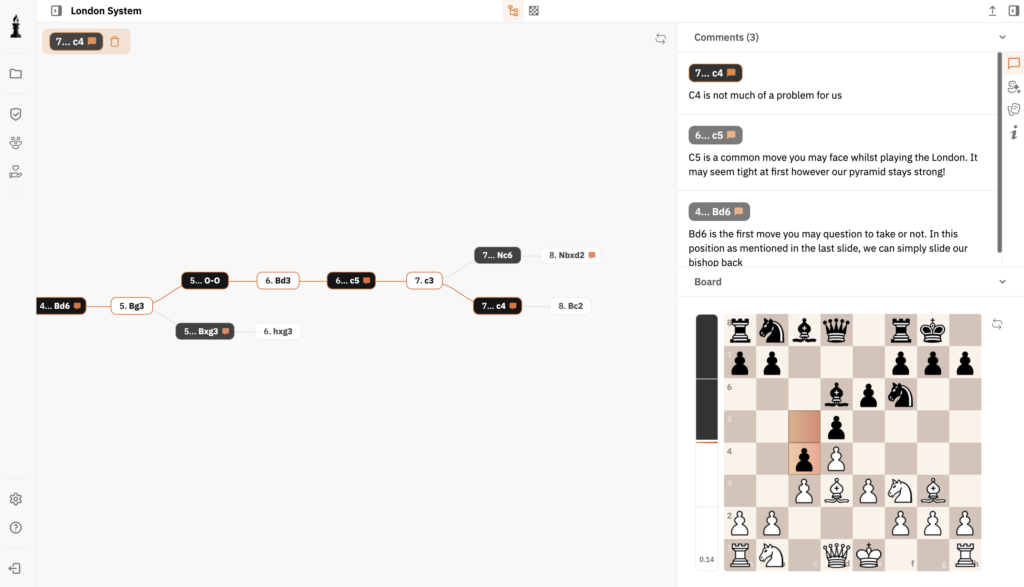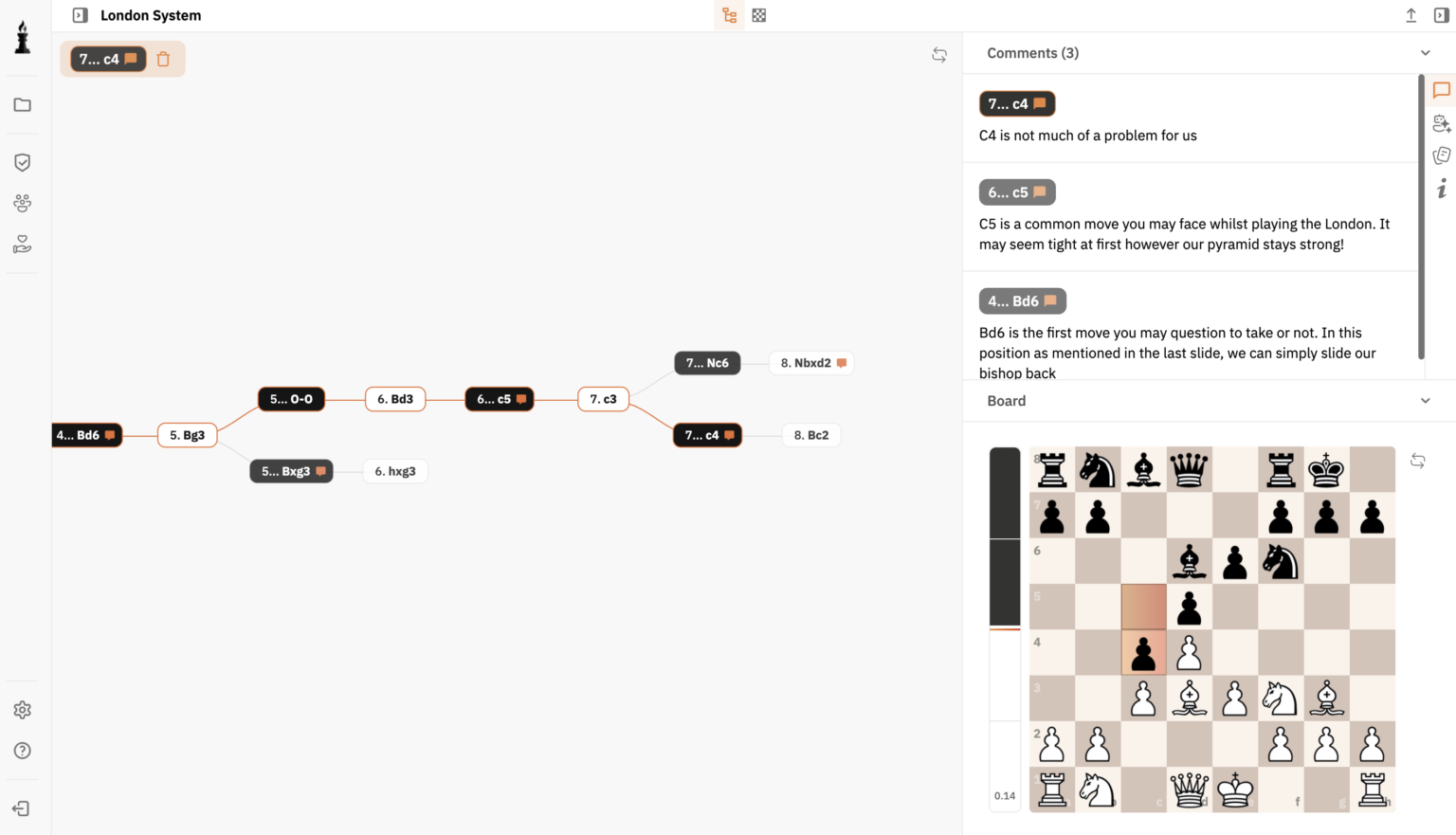Influence of Ancient Cultures on Chess Development
Chess, a game with deep roots, has been influenced by various cultures throughout history. Its origins can be traced back to ancient India, known as Chaturanga, which served as a prototype for the modern game. As it transitioned through Persia, the game’s strategic depth grew, emphasizing concepts like prophylaxis. The Persian adaptation, Shatranj, introduced elements such as the skewers tactic, reflecting the growing complexity of the game.
Evolution in the Islamic World
With the spread of Islam, chess expanded into new territories. The Islamic golden age fostered intellectual pursuits, with chess serving as both entertainment and mental exercise. The introduction of new rules led to the evolution of a more tactical game, emphasizing foresight and planning, integral components of chess strategy.
European Renaissance and Chess
The Renaissance brought a cultural reevaluation in Europe, igniting a fascination with strategic games. Chess became a part of the courtly life, symbolizing power and intellect. The changes in movement for pieces like the queen and bishop during this period reflect this cultural shift towards more dynamic play.
Chess as a Cultural Melting Pot
Chess has not merely spread across cultures; it evolved with them. The transformation of chess in different societies highlights the game’s adaptability and enduring appeal.
Impact on Literature and Media
From ancient texts to modern films, chess has been a popular motif symbolizing strategic battles and intellect. Iconic characters often engage in chess, reflecting a duel of minds.
Role in Modern Competitive Play
Today, chess is not only a relic of cultural history but a competitive sport with a world stage. Organizations like FIDE oversee international competitions, ensuring standardization and promoting its global appeal. The rise of technology has introduced engines like Stockfish, making it possible for everyone to analyze chess games.
Chess Titles and Recognition
Recognizing the pinnacle of chess mastery, FIDE awards titles like Grandmaster (GM), International Master (IM), and specialized titles for women, such as Woman Grandmaster (WGM). These titles acknowledge not only skill but also a commitment to the cultural and intellectual heritage of chess.
Technology’s Role in Modern Chess
In the digital age, platforms like Chess PGN Editor and Online Chess Database facilitate enthusiasts to study and improve their game, ensuring that chess continues to evolve and thrive.
Conclusion
Chess is more than a game; it’s a testament to human ingenuity and cultural interplay. Its growth from ancient pastimes to modern-day eSport reflects the diverse cultural tapestry it embodies. The ongoing evolution of chess suggests a future that will continue to blend tradition with innovation.
Chess evolved from its Indian origins as Chaturanga, transforming in Persia to Shatranj, and further in Europe during the Renaissance, reflecting each culture’s strategic emphasis.
Chess connects diverse cultures through shared strategic principles, adapted across history and geographical borders, enhancing its intellectual and cross-cultural appeal.
Technology has introduced advanced analysis tools and engines like Stockfish, facilitating online learning and competition, revolutionizing the traditional gameplay of chess.
Chess titles such as GM and WGM represent high expertise and are recognized globally, reflecting the player’s mastery and contributing to international competitive standards.





